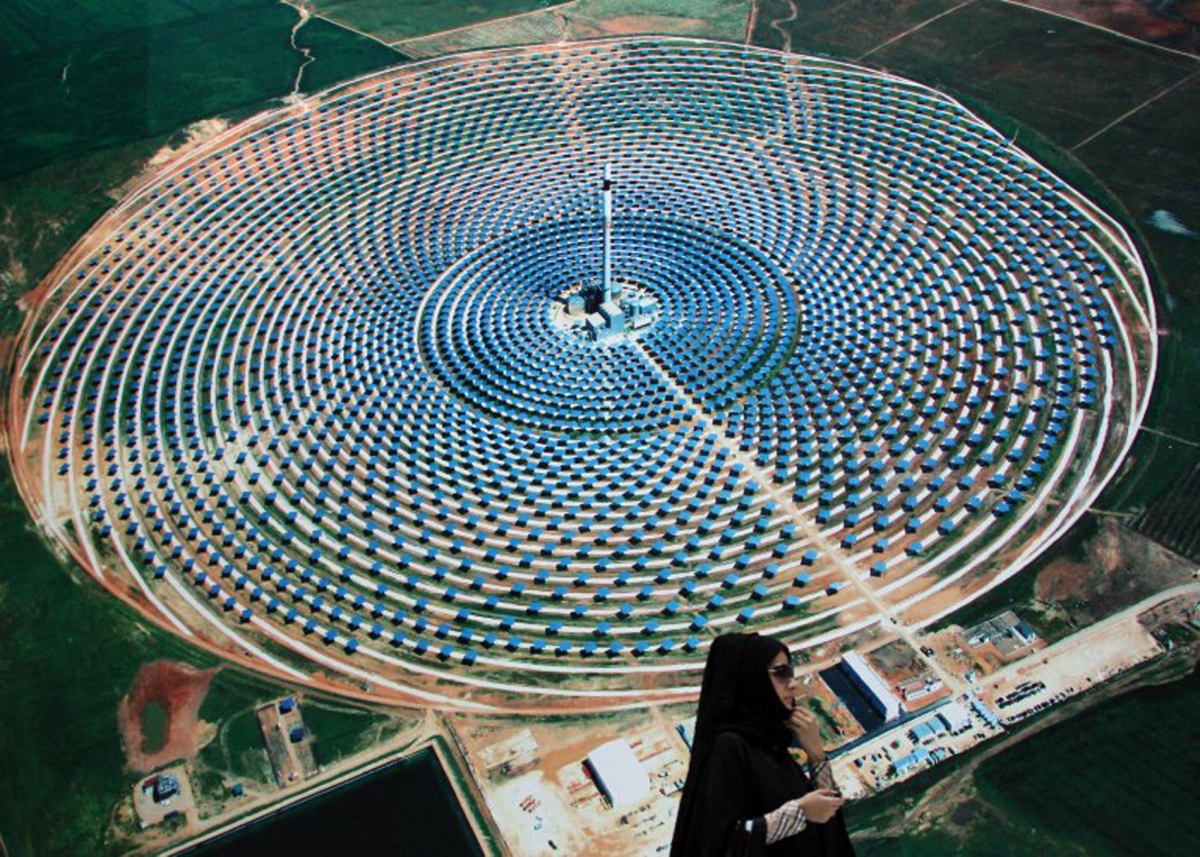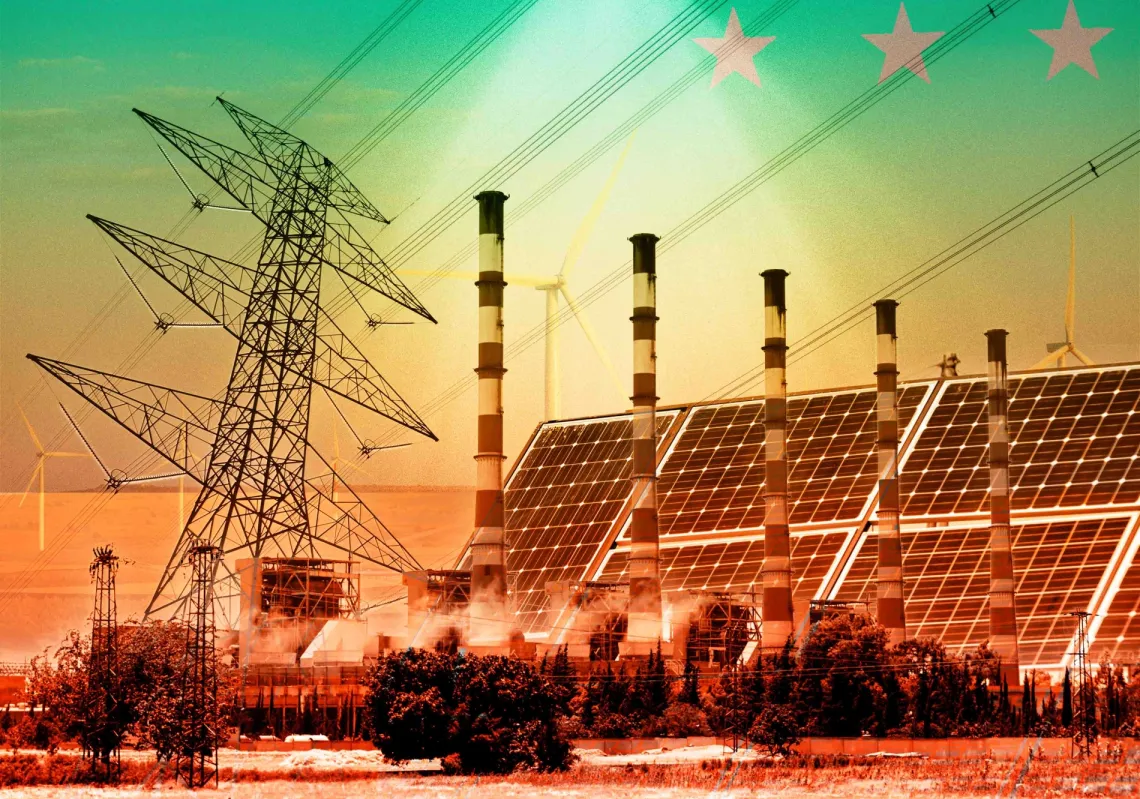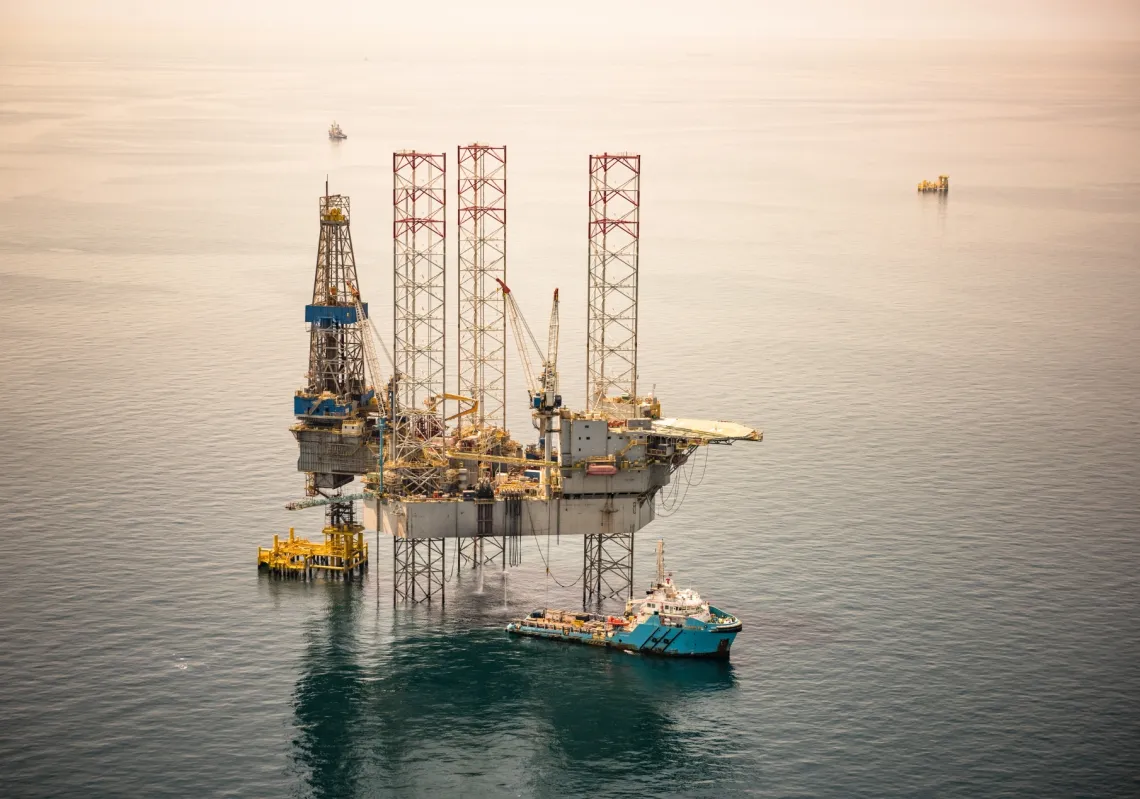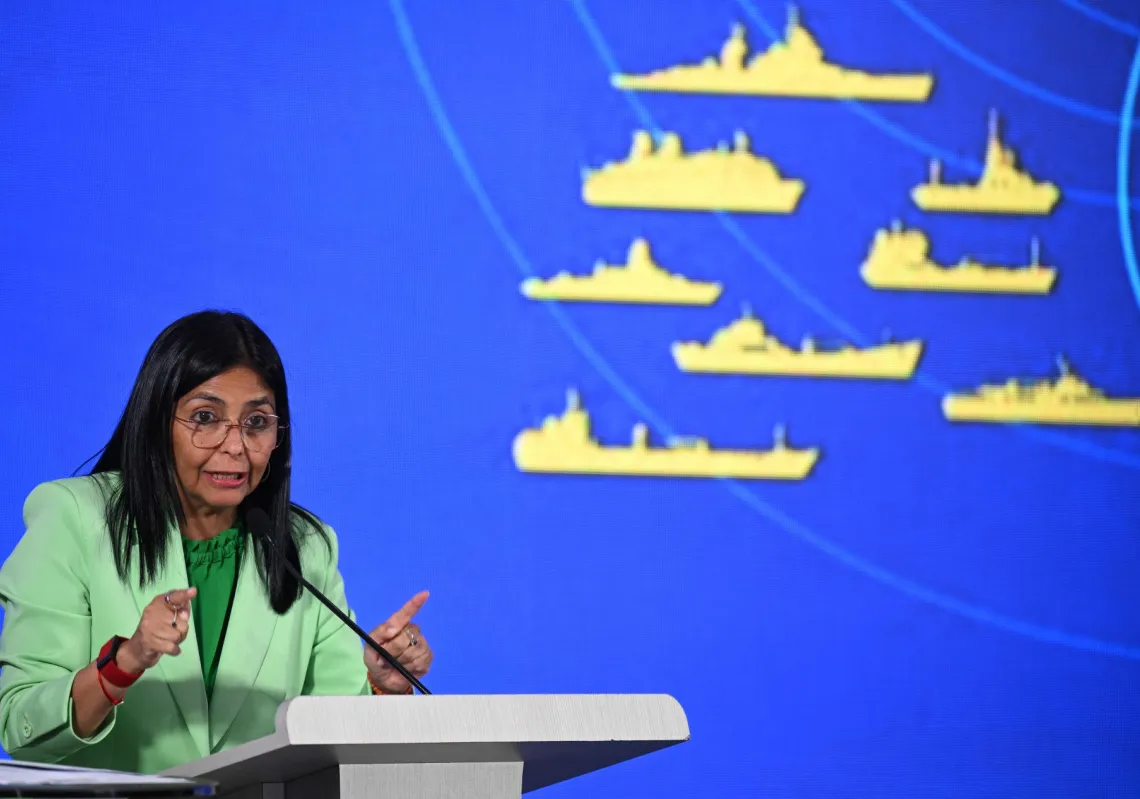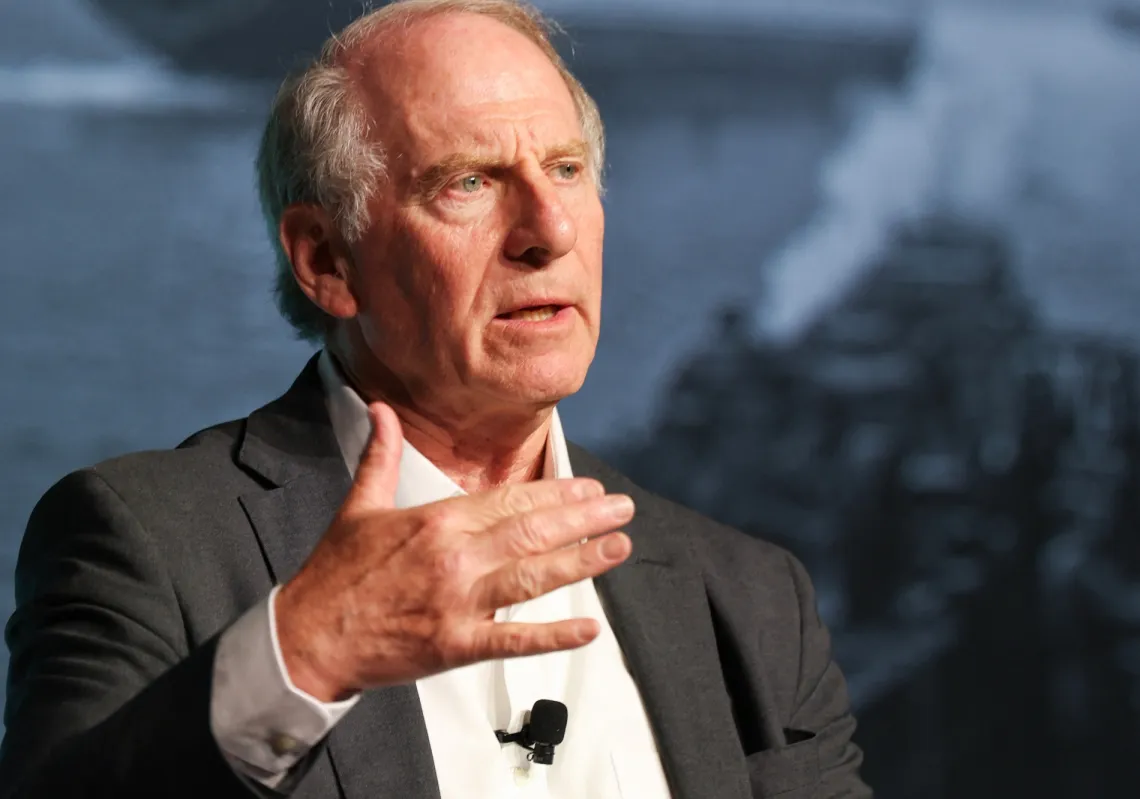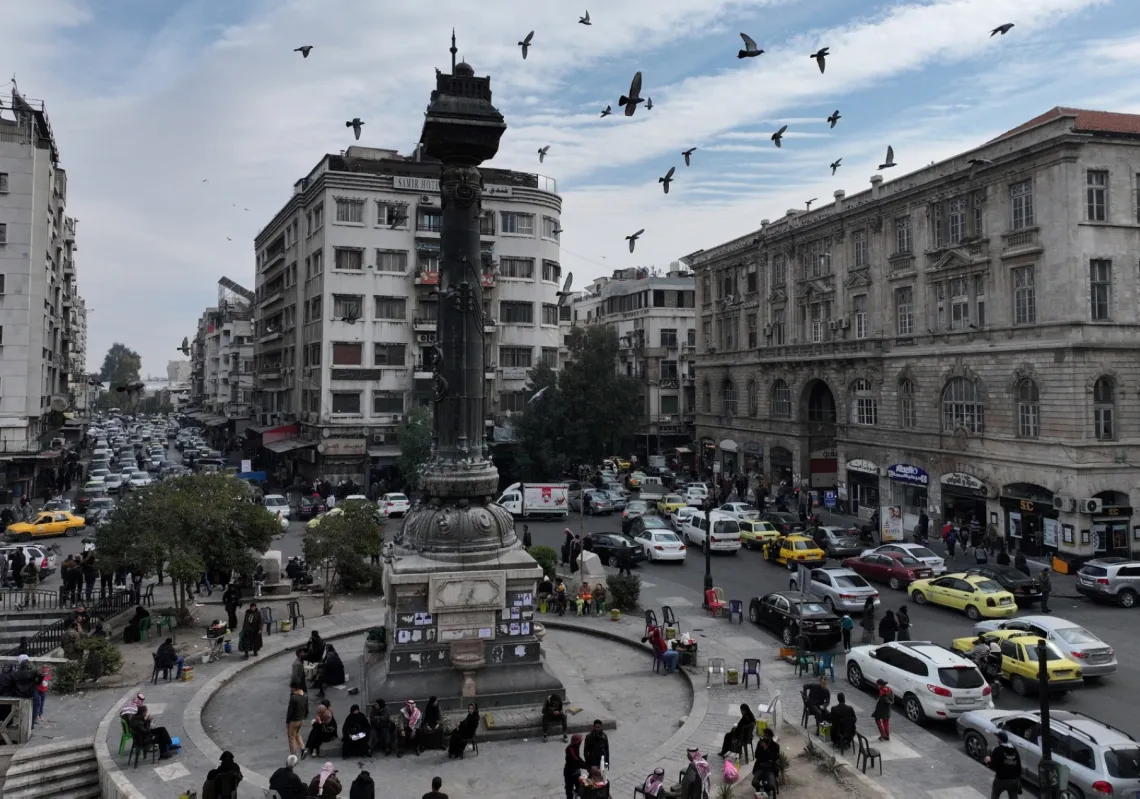Masdar’s pivot to profitability in 2024 marks a notable development in the Arabian Gulf’s energy transition. The UAE’s leading renewable energy company has demonstrated that commercially viable clean energy ventures can emerge from state-backed initiatives when policy, market conditions, and execution align.
Established in 2006, Masdar was conceived as part of the UAE’s broader effort to diversify its energy mix and position itself as a leader in climate action. For much of its existence, the company operated under a subsidised framework, with profitability taking a back seat to ambition and visibility.
That changed in 2024 when Masdar reported a net profit of AED 412mn ($112mn), reversing a loss of AED 45mn ($12mn) the previous year. The turnaround was driven by disciplined cost management, strategic procurement, and the operational maturity of several large-scale projects.
A reduction in direct costs played a central role in Masdar’s improved financial performance. Advances in solar and wind technologies, coupled with efficiencies across global supply chains, have lowered the cost of deploying renewable infrastructure.
Masdar responded by tightening its cost base and securing long-term power purchase agreements that stabilised revenue flows. These agreements, often supported by sovereign guarantees or structured through multilateral frameworks, provided the financial predictability required to transition from a subsidised model to one that is commercially sustainable.
Masdar’s profitability coincided with its expansion into emerging markets. Over the past two years, the company has extended its footprint across Central Asia, Sub-Saharan Africa, and Southeast Asia. These regions offer favourable regulatory environments and lower project costs, creating opportunities for growth and influence. For example, in Uzbekistan, Masdar is developing a 500 MW wind farm in Zarafshan—Central Asia’s largest to date— with a planned investment of over $600mn.


